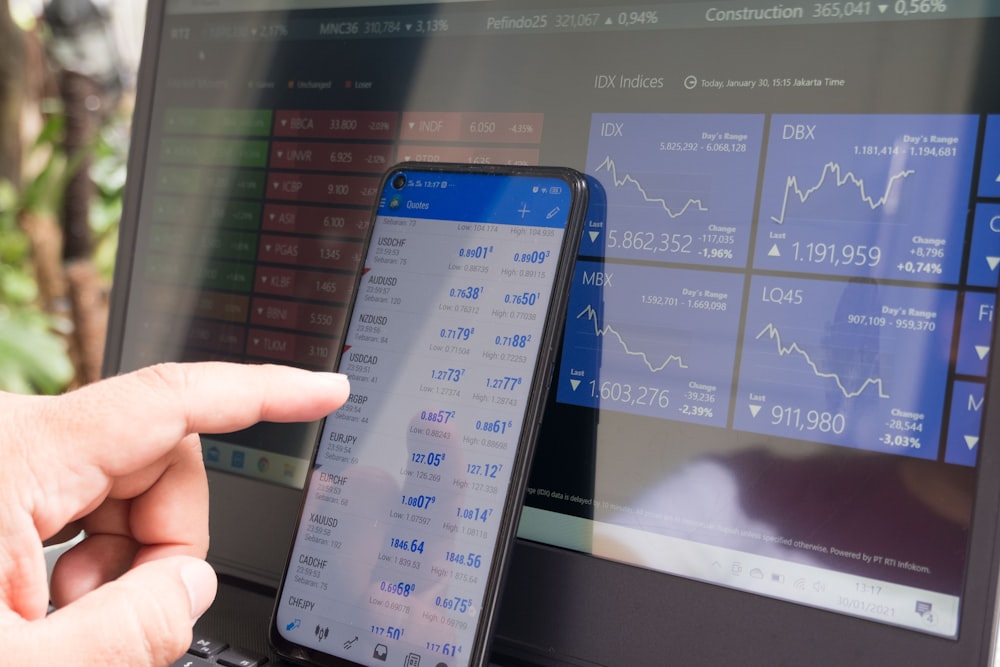Can Your Portfolio Handle A Tech Rollover?
Image Source: Unsplash
The S&P 500 is challenging its 50-day moving average… And if that key support level breaks, it will be the first time the market trades below this key technical level since April.
(Click on image to enlarge)

For most of the last two years, you could ignore technical warning signs like this. The market kept grinding higher, driven primarily by mega-cap tech and AI-related growth stocks. And even when tariff concerns drove the market lower this spring, stocks were quick to rebound because of growth optimism.
But today, something is changing below the surface.
Many speculative growth stocks are starting to break their own support levels. And while I’m not calling for an imminent crash (as I wrote in my November 3rd article about chasing performance into December, the bull case remains intact through year-end), the risk profile is clearly shifting.
Starting in January, we could see a more widespread repricing of growth stocks. Investors will take profits after a strong year. Companies trading at nosebleed valuations will get reassessed. Tax liabilities can be rolled back for a year (increasing the incentive to sell). And many of the structural fundamental forces supporting the market will dissolve.
When this happens, traditional portfolio diversification won’t protect you.
Here’s why: There’s an old Wall Street adage that “during times of crisis, all correlations revert to 1.0.”
In plain English? When markets panic, everything falls together.
Small cap stocks fall… International stocks fall… Value stocks fall… Even bonds often struggle!
Diversification across different asset classes that works beautifully in normal markets, becomes virtually worthless during the times you need it most.
The Missing Strategy
What you need during times of crisis isn’t more asset classes… It’s different strategies.
Specifically, you need strategies that can actually profit when stocks decline.
Many investors don’t realize that there are specific trades that you can make that will give you gains when stocks trade lower. And because stocks typically fall quickly (because of the panic that sets in during a market crisis) these trades can actually make giant returns in a very short period of time.
Case in point: Some of my best trading returns have come during periods when the broad market was falling. In early 2022, when work-from-home growth stocks imploded following the post-COVID bubble, I locked in lucrative gains by betting against the most overvalued names.
While traditional long-only investors watched their portfolios crater 20%, 30%, even 50% in some growth stocks, my bearish positions were generating returns that more than offset any losses in my traditional stock holdings.
Insurance for your Wealth
I find it helpful to think of these bearish positions (the ones that bet on stocks falling) as “insurance contracts” for your portfolio.
You start by paying a premium (the cost of establishing the position). And in return, these positions pay you if something bad happens to the underlying stocks.
Just like homeowner’s insurance compensates you if your house burns down, bearish trading strategies compensate you if growth stocks crater.
Right now, my Speculative Trading Program holds four bearish positions targeting overvalued growth stocks.
- One is a company that makes software and non-lethal weapons for law enforcement agents. The stock trades for roughly 80 times next year’s expected profits which is very expensive (and leaves plenty of room for the stock to fall).
- Two are enterprise software platforms that help small businesses manage key functions like marketing, customer relationships and project management. Both companies are vulnerable to the AI revolution because customers may not need to buy as many licenses for these services.
- One company operates an operating system that is used by commercial and government clients. The stock has a cult following and has risen to a point where the price is 180 times next year’s expected profits. Now that the stock is starting to decline, momentum traders are likely to bail out of their positions.
These aren’t gambling positions, they’re carefully selected insurance contracts designed to profit if the market reprices tech valuations lower.
As we head into a period of rising risk, these positions act as a hedge. If growth stocks continue higher, I’ll lose the premium I paid. (I’ll also generate profits on other growth plays that I’m currently invested in.)
But if growth stocks roll over as I expect in early 2026, these positions could deliver outsized returns that protect your overall wealth.
Don’t Wait for the Panic
Here’s what separates successful investors from those who get crushed during corrections: They manage risk before everyone else panics.
By the time CNBC is flashing red and your neighbor is talking about the crash, it’s too late to buy insurance at a reasonable price. The premium has already skyrocketed.
But right now? While the market is still relatively calm… while most investors are still complacent… while the bears have been wrong for so long that no one takes them seriously anymore?
This is precisely when you want to get your insurance in place.
More By This Author:
The AI Revolution Isn’t Over… It’s Moving Here
Chasing Performance Into December: The Bull Case No One Wants To Miss
“From Worse To Bad” [Not A Typo]




